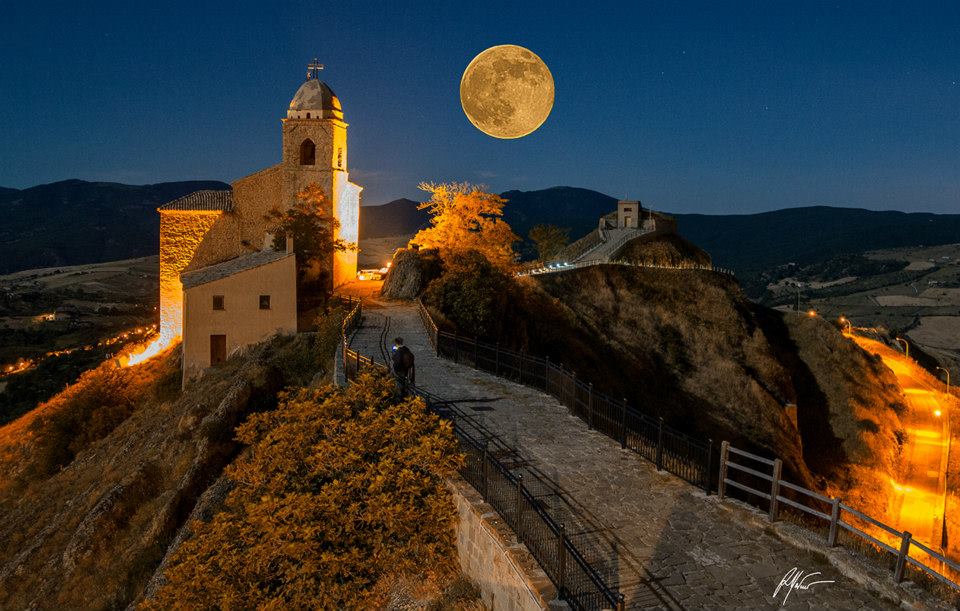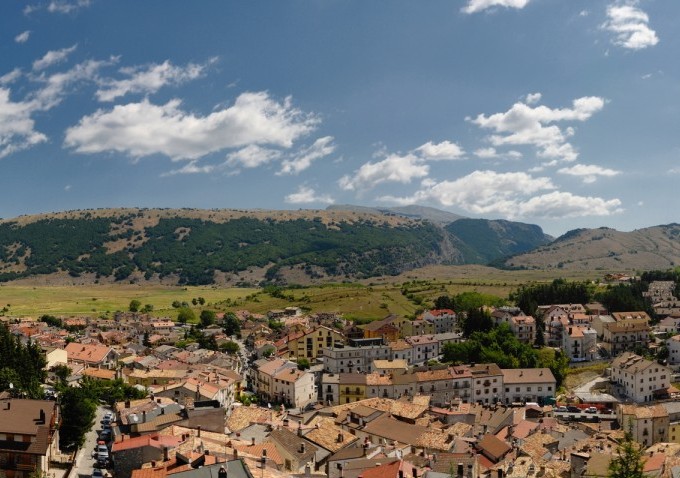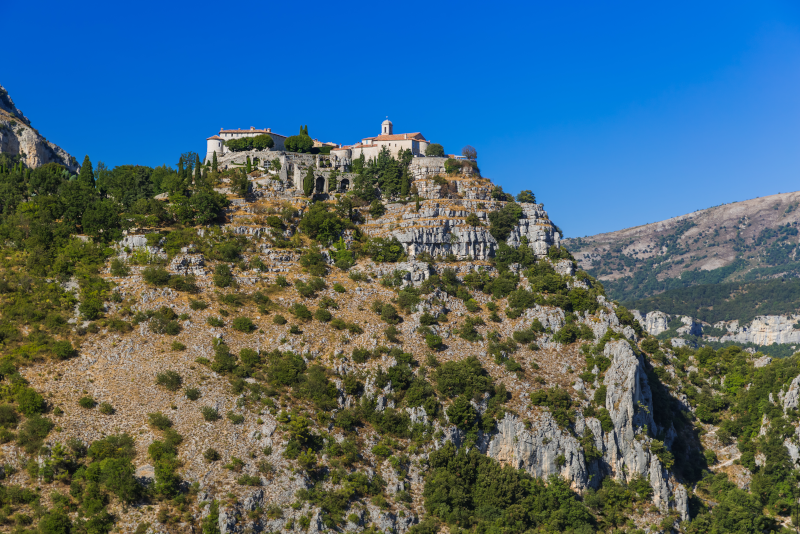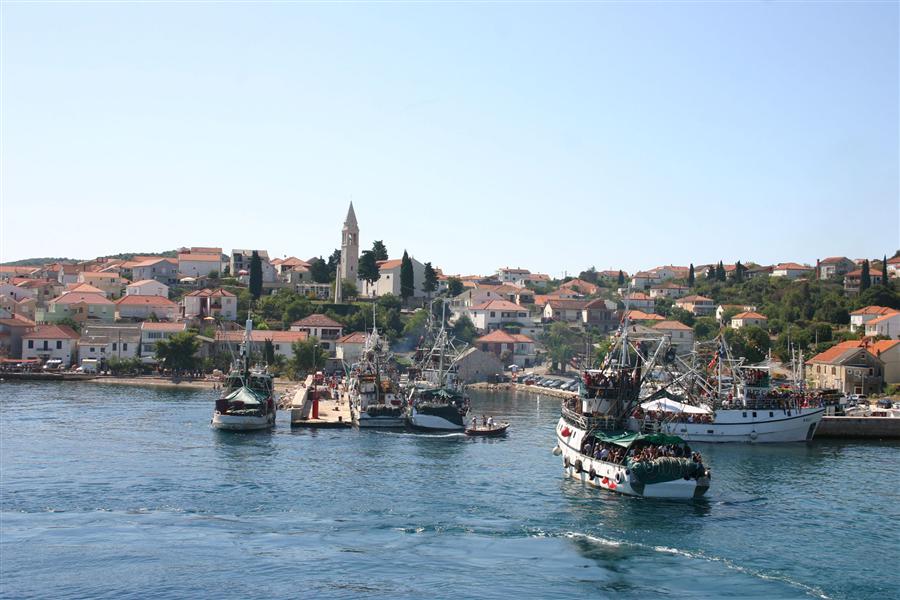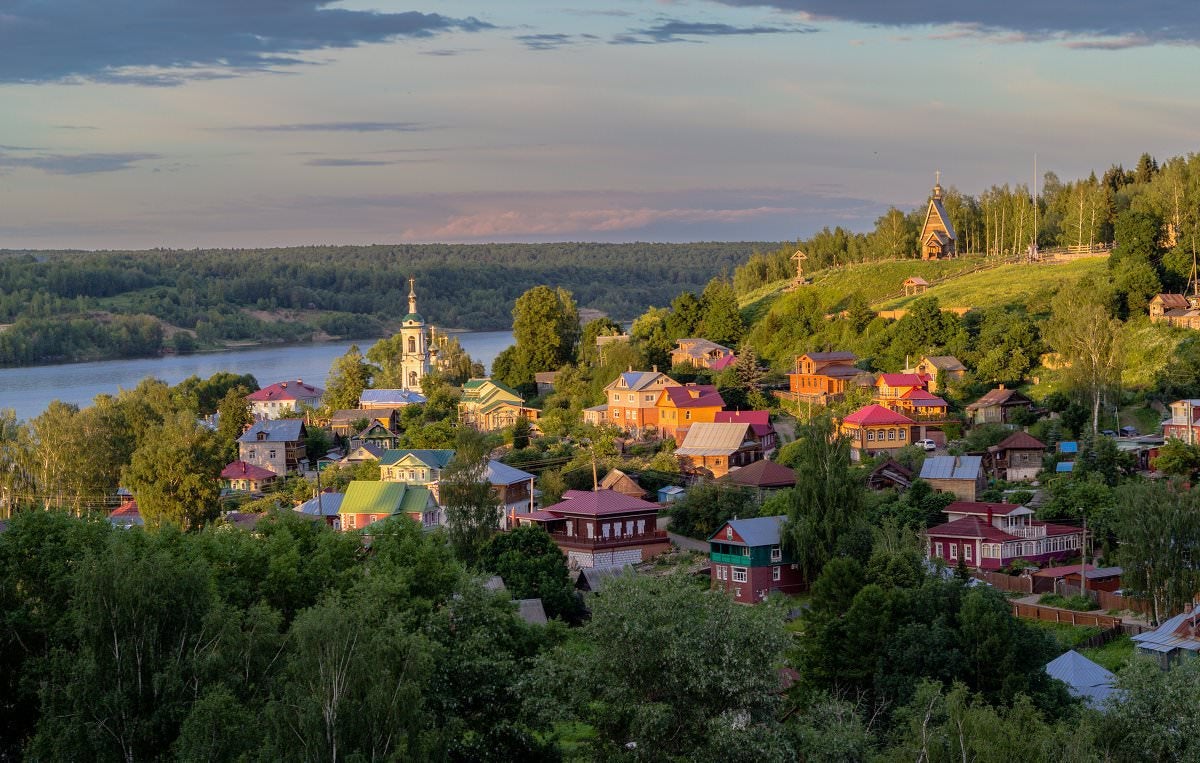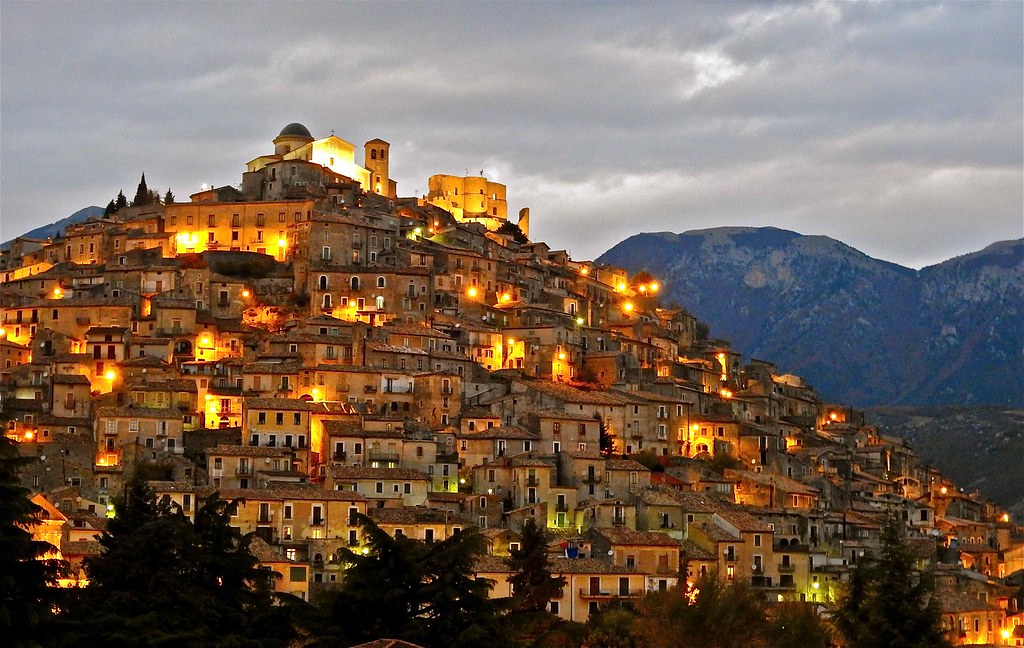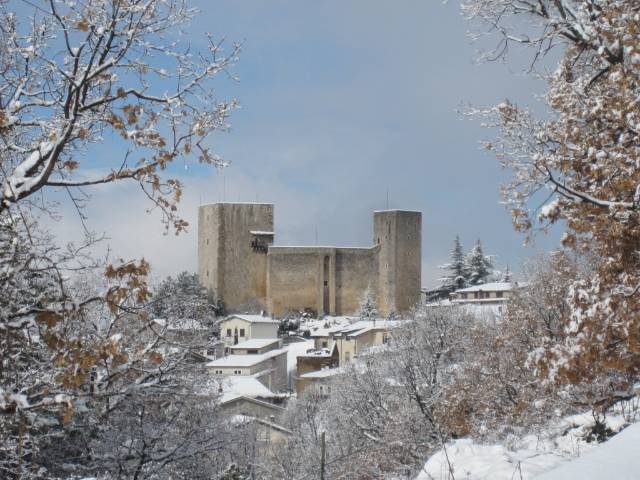"Authenticity" is the watchword that stands out in Anzi, a medieval village with alleys that have remained intact over time.
Once here, the visitor is enraptured by the strong suggestiveness of the spectacle offered by the houses leaning against each other and its narrow streets mostly on a slope, while framing the landscape is an imposing rock.
Inhabited since the Iron Age and then by the Enotri, the Lucani and the Romans, Anzi has an intense and very ancient history.
With the Greeks, the town became known for the production of ceramics, as evidenced by the archaeological finds unearthed in numerous excavation campaigns carried out since the ‘700 and preserved at the Archaeological Museum of Naples and other museums around the world including the British Museum in London.
In particular we remember a triangular tombstone, whose writing showed that the center was originally called "ANXIA" and that it was a powerful and very rich town.
Stronghold of the Longobards, first, and of the Normans, then, Anzi subsequently passed under the control of various feudal lords.
Important are the remains found as a result of various archaeological excavations and that speak of its past. We cannot leave out the "Presepe Poliscenico", fourth in Europe for size or the Planetarium Astronomical Observatory.
The crib work of Antonio Vitulli, exhibited in the rectory of Anzi follows the Italian ones of Grottaferrata (Rome) and Messina and the foreign one of Taragona in Spain. The crib, with its accurate workmanship, is made of plaster and recycled materials and reproduces the most beautiful views of the landscapes of Basilicata, from the Sassi of Matera to the Lucanian Dolomites, up to the alleys of Anzi itself.
Of particular interest, walking in the village are also the various buildings that you "meet" from Palazzo Fittipaldi – built on the suppressed hospice of the Carthusians of Padula – to the Baronial Palace.
Those who reach the top of Mount Siri, at the foot of which rises the village, can visit the Planetarium Astronomical Observatory, particularly appreciated for its educational, technical and scientific activities that, open all year round, allows you to discover the mysteries of the universe through fascinating journeys among the stars, using a powerful telescope.
On the top of the village, moreover, towers the remains of a castle built in 1091, from here an extraordinary spectacle is staged for the splendid view over the valley with the Lake of Ponte Fontanelle, better known as the Camastra Dam.
The sacred places of Anzi are precious caskets of valuable works of art, so they deserve to be visited.
Certainly stands out the charming church of Santa Maria, on Mount Siri, as well as preserving the beautiful frescoes of Todisco (XVI sec.) and to present a late Gothic portal (1525), offers the opportunity to admire a landscape to lose your breath, ranging from the Lucanian Dolomites to Caperrino, from Lata to Monte di Viggiano, from Volturino to Maddalena, from Rifreddo to Monte Groppa di Anzi to Serra di Trivigno.
In the village you cannot miss the Romanesque-Gothic church of Santa Lucia, which preserves a medieval stoup. In Piazza Dante stands the mother church of San Donato, patron saint of Anzi. The temple has a Doric order and a single nave, with several statues inside including that of San Donato with the relic. Very beautiful is also the statue of the Conception.
Not to be missed are also the mother church of San Giuliano rebuilt in the nineteenth century on the pre-existing sixteenth-century structure and that of Sant’Antonio, once chapel of the convent of the Friars Minor Observant and dedicated to the Holy Trinity, dating back to 1587. The church, of ionic order on the high altar houses the precious canvas of the coronation of the Virgin among a crowd of angels, attributed to Pietrafesa.
